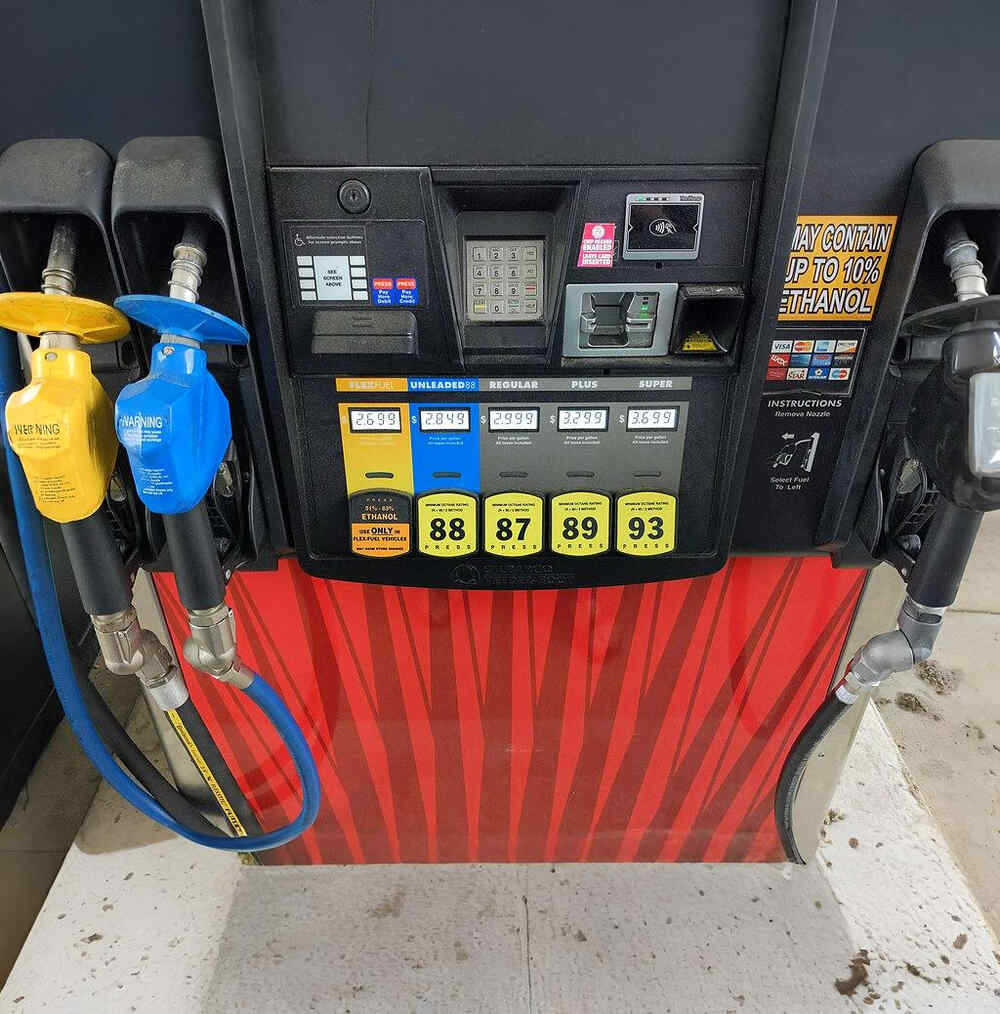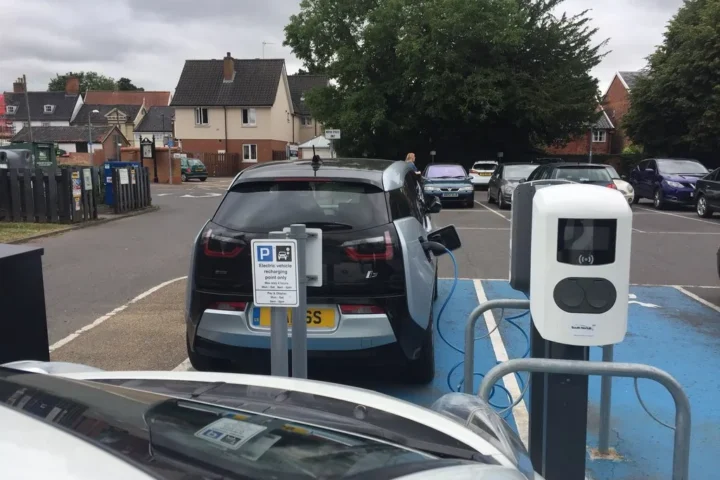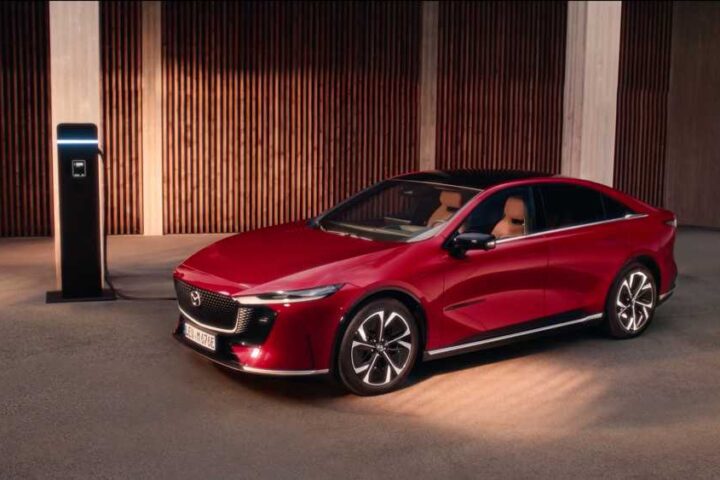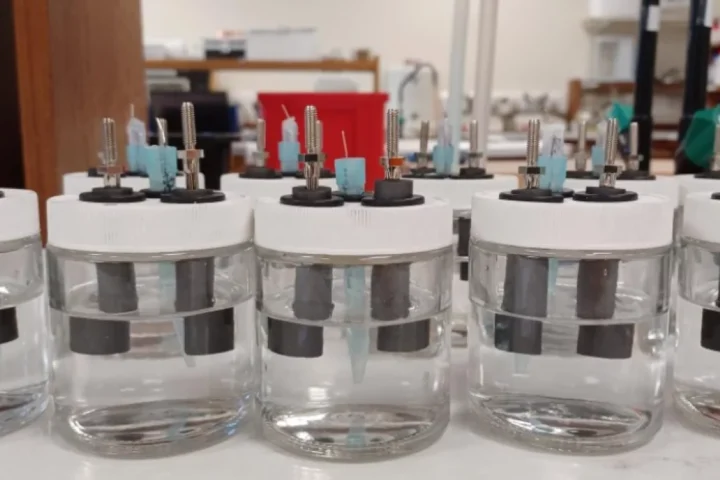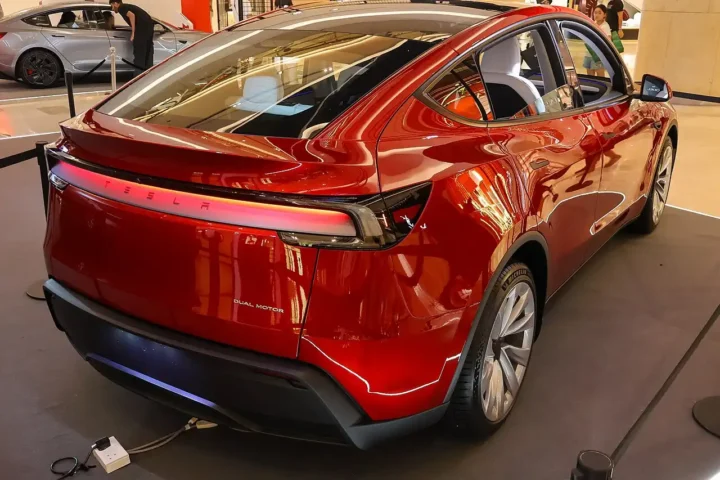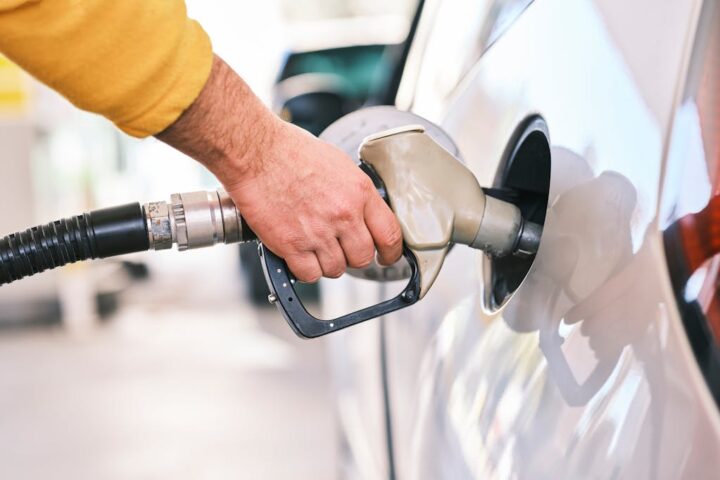The Trump administration’s Environmental Protection Agency has issued an emergency waiver allowing the nationwide sale of E15 gasoline during summer months. The move, which took effect May 1, lifts restrictions that typically limit sales of this higher-ethanol fuel blend during warmer months.
E15 gasoline contains 15% ethanol and 85% gasoline, compared to the standard E10 blend (10% ethanol) commonly sold across America. The EPA plans to extend this waiver throughout the summer driving season.
“This move to allow the summer sale of E15 will provide immediate relief to consumers, provide more choices at the pump, and drive demand for corn grown, processed, and used right here in America,” said U.S. Secretary of Agriculture Brooke Rollins.
Why This Matters Now
The EPA cited “extreme and unusual fuel supply circumstances” as justification for the waiver under the Clean Air Act. By permitting E15 sales throughout summer, the administration aims to increase overall gasoline supply and potentially lower prices during peak driving months.
For consumers, the difference can be noticeable at the pump. E15 typically sells for about 10 cents less per gallon than standard E10 gasoline, offering modest savings during a season of high fuel consumption.
Similar Posts:
Benefits and Concerns
The waiver has received strong support from corn growers and the ethanol industry. Roughly 40% of U.S. corn production now goes toward making ethanol, making fuel policy critically important to American farmers.
“For the economic and energy security benefits of E15 to be fully realized, the marketplace needs long-term certainty,” said Geoff Cooper, President of the Renewable Fuels Association.
Environmental groups, however, have voiced opposition. They point to increased corn production for ethanol leading to more fertilizer use and water pollution. They also question whether E15 actually reduces emissions when the entire production process is considered.
“We need to dramatically reduce our fossil fuel dependence, but relying on corn-based ethanol doesn’t put our country on the path it needs,” said Zack Pistora, a Sierra Club lobbyist, who also noted that ethanol plants consume large amounts of water.
What Drivers Should Know
E15 is approved by the EPA for use in light-duty cars, trucks, and SUVs manufactured in model year 2001 and newer. However, it’s not recommended for older vehicles, motorcycles, boats, lawnmowers, or other small engines, as it could potentially cause damage.
Drivers should check their owner’s manual or fuel door label before using E15. Gas stations selling E15 are required to clearly label these pumps.
A History of Summer Restrictions
The summertime ban on E15 stems from concerns about the fuel’s potential to create more smog during hot weather. Traditional regulations limit the volatility of summer gasoline to reduce evaporative emissions that contribute to ground-level ozone.
This isn’t the first attempt to allow year-round E15 sales. The Trump administration tried to finalize a permanent rule in 2019, but federal courts blocked the move. Since then, emergency waivers have been utilized to permit summer E15 sales, often citing fuel supply disruptions.
Eight Midwestern states – Iowa, Illinois, Minnesota, Missouri, Nebraska, Ohio, South Dakota, and Wisconsin – have secured a rule allowing permanent year-round E15 access.
Looking Toward Permanent Solutions
Both Republican and Democratic lawmakers from corn-producing states have pushed for permanent legislation allowing year-round E15 sales nationwide. They argue that annual waivers create uncertainty for retailers and limit investments in E15 infrastructure.

“I’m pleased the EPA issued a summertime emergency fuel waiver for E15; however, we need a permanent, nationwide solution,” said Republican Senator Deb Fischer of Nebraska.
The debate highlights the ongoing tension between supporting domestic agriculture, addressing consumer fuel costs, and considering environmental impacts – a balance the administration says it’s aiming to strike with this temporary waiver.
